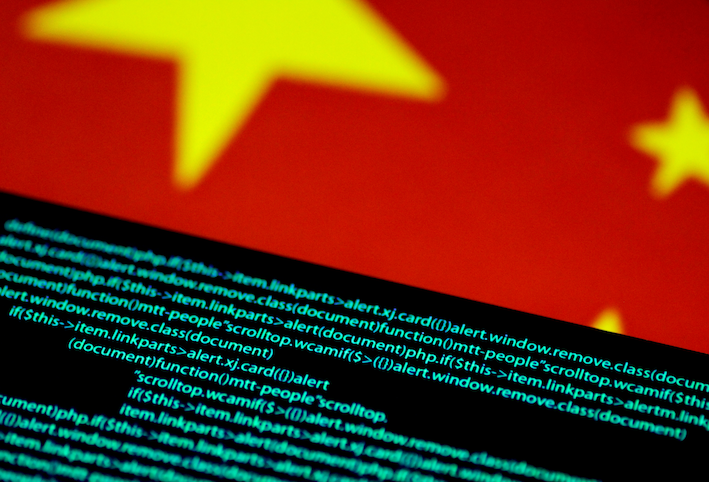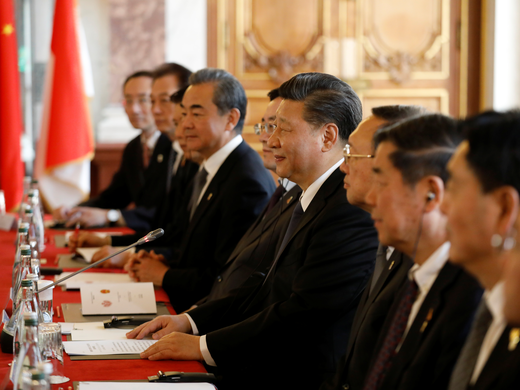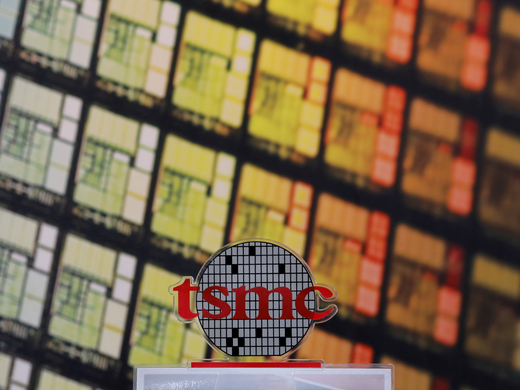As tech analyst Dylan Patel concludes, it is abundantly clear that US sanctions have failed. Huawei’s recent breakthrough in chip production for the Mate 60 Pro smartphone represents a watershed moment in the tech war between the United States and China. Rather than slowing the latter’s tech industry, US-led export controls appear to have catalyzed China’s domestic capacity. In fact, China now appears to be within striking distance of advanced US technologies.
Shanghai-based Semiconductor Manufacturing International Corporation (SMIC) shocked the technology industry in August 2023 with the mass production of Huawei’s Kirin 9000S processor. Comparable in performance and power consumption to recent Qualcomm chips, the second-generation 7-nanometer process technology uses a custom chip architecture designed by Huawei’s subsidiary, HiSilicon. Only two generations behind Apple’s cutting-edge 3-nanometer chip, Huawei is expected to push forward to 5-nanometer production within the next two to three years.
If nothing changes, Huawei should have a true 5-nanometer chip by 2025 or 2026, with large-scale AI chips not long after.
Moving Up the Value Chain
Chip design and manufacturing is at the heart of US-China rivalry. Integrated circuits represent the brains of modern electronics, powering everything from smartphones and medical devices to factory machinery and artificial intelligence (AI). Even as the United States and its allies have placed artificial barriers on China’s access to hardware and software, China’s semiconductor industry appears to be advancing.
Building on the country’s dominance in telecommunications, renewables and electric vehicles (EVs), China’s tech industry hopes to move up the global technology value chain to capture advanced semiconductors as well. Supported by more than $50 billion in state subsidies, China’s tech companies are now buying tonnes of chip equipment — including virtually half of all the semiconductor equipment worldwide. The Chinese market is already the world’s largest consumer of semiconductors, purchasing more than 50 percent of the chips manufactured globally.
In response to China’s growing capabilities, the United States recently passed the CHIPS and Science Act aimed at “reshoring” parts of the US tech sector. The legislation promises US$39 billion in manufacturing incentives on top of 25 percent investment tax credits. Building on a renewed focus on industrial policy, the Biden administration is looking to expand plant construction for everything from chip fabrication and EV batteries to consumer goods and renewables. But significant hurdles remain. Construction costs for US manufacturing plants alone are estimated to be “four to five times greater” than those of Asia.
Challenges Ahead
The main bottleneck to China’s rise up the value chain is the country’s dependence on foreign providers, particularly Dutch giant Advanced Semiconductor Materials Lithography (ASML) and the Taiwan Semiconductor Manufacturing Company (TSMC). Notwithstanding the fact that Chinese industry dominates lower-end chips, TSMC is a near monopoly in advanced chip manufacturing, producing 90 percent of the world’s most sophisticated microchips. ASML dominates the market in both deep ultraviolet (DUV) photo lithography machines and extreme ultraviolet (EUV) machines. Huawei has relied on older DUV machines to develop its current Kirin chip but is now banned from using the EUV machines necessary to advance beyond 5 nanometers.
While China has made enormous strides in semiconductor production, the lack of access to EUV technology represents an innovation hard wall. Lithography is a crucial step in the chipmaking process because it determines just how small the transistors on a chip can be. Anything beyond 5 nanometers, and China’s tech ecosystem will need to develop its own EUV machines. Companies such as Shanghai Micro Electronics Equipment (SMEE) are attempting to do just that. SMEE was expected to release China’s first 28-nanometer lithography machine by the end of 2023 and appears to have succeeded.
What the Future Holds
The long-term capability of China’s chip industry remains unknown, but the likelihood of it developing advanced chip-making capabilities is almost certain. Demand for chips is projected to drive a trillion-dollar industry by 2030, and China now leads the world in terms of the number of new fabs under construction. The question many experts are asking is whether China’s tech industry can produce advanced chips at scale. Perhaps the more important question is what happens if China succeeds. The emergence of a completely independent Chinese chip ecosystem would have massive geopolitical repercussions.
What seems clear is that the global order is shifting. Even as the United States seeks to reshore manufacturing, China is beginning to dominate the world’s technology value chain. Given the rising calibre of its chip engineers and the country’s voracious appetite for electronics, the potential for China to absorb the semiconductor market is high. Without access to advanced lithography tools, experts doubt that Huawei and SMIC will be able to catch up to industry leaders TSMC and ASML. But given its vast domestic capacity and budding engineering prowess, China’s tech industry has nothing but time on its side.



